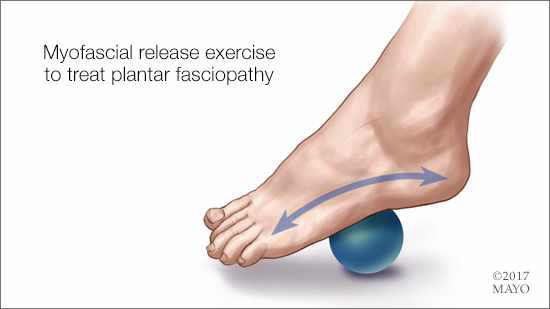-
Mayo Clinic Q and A: Myofascial release therapy for pain
 DEAR MAYO CLINIC: What can you tell me about myofascial release therapy? Is it an effective treatment for muscle pain or tension?
DEAR MAYO CLINIC: What can you tell me about myofascial release therapy? Is it an effective treatment for muscle pain or tension?
ANSWER: Myofascial release often is used in physical therapy and massage practices. The technique focuses on pain believed to arise from myofascial tissues — the body’s muscle (myo) and the tough connective tissue (fascial) that wrap, connect and support your muscles. The goal is to treat pain that originates in trigger points, which are related to stiff, anchored areas within the muscles or connective tissues.
During myofascial release therapy, the therapist locates myofascial areas that feel stiff and fixed instead of elastic and movable under light manual pressure. These areas, though not always near what feels like the source of pain, are thought to restrict muscle and joint movements because of the way muscles and fascial tissues are interconnected throughout the body.
The slow, sustained manual pressure used in myofascial release therapy applies biomechanical force to stretch the tight tissue. It’s also believed to stimulate nerve messages to the brain and central nervous system. This in turn leads the brain to send messages back that result in tissue relaxation. Pressure is applied until the tightness melts away. This often reduces the pain at the tender sites, loosens restricted movement and restores musculoskeletal symmetry.
There’s some evidence that myofascial release therapy may help with low back pain, fibromyalgia, heel pain, headache, hamstring tightness and other types of pain — when used with established therapies.
If you have osteoporosis of the spine or another type of bone disease that makes you vulnerable to fracture, ask your doctor or a therapist who has training in the technique whether it’s safe for you. (adapted from Mayo Clinic Health Letter) — Dr. Peter Dorsher, Physical Medicine and Rehabilitation, Jacksonville, Florida







